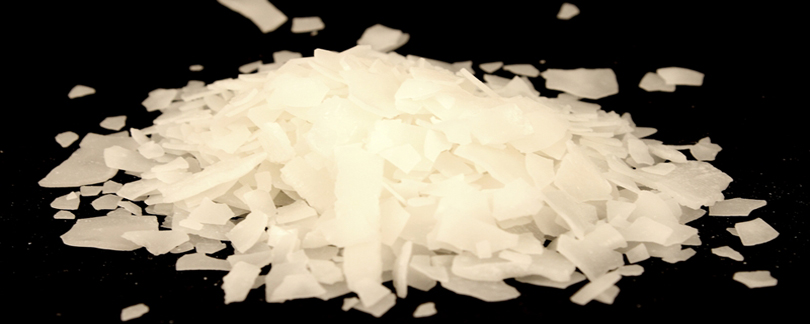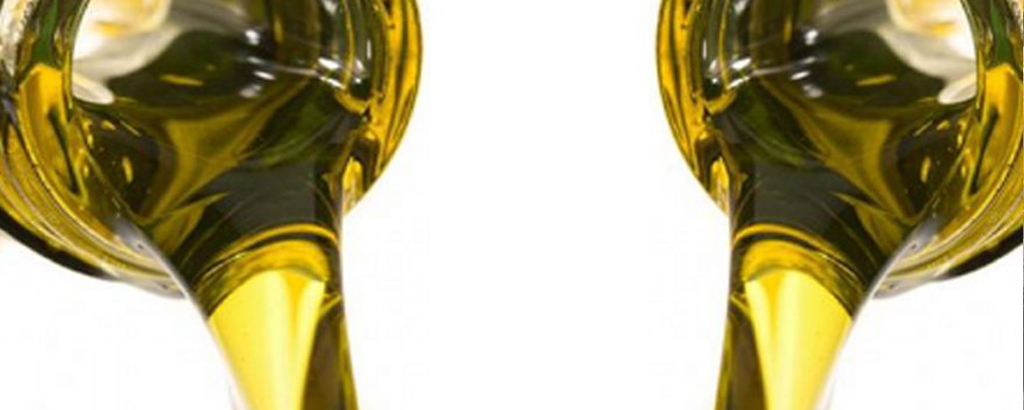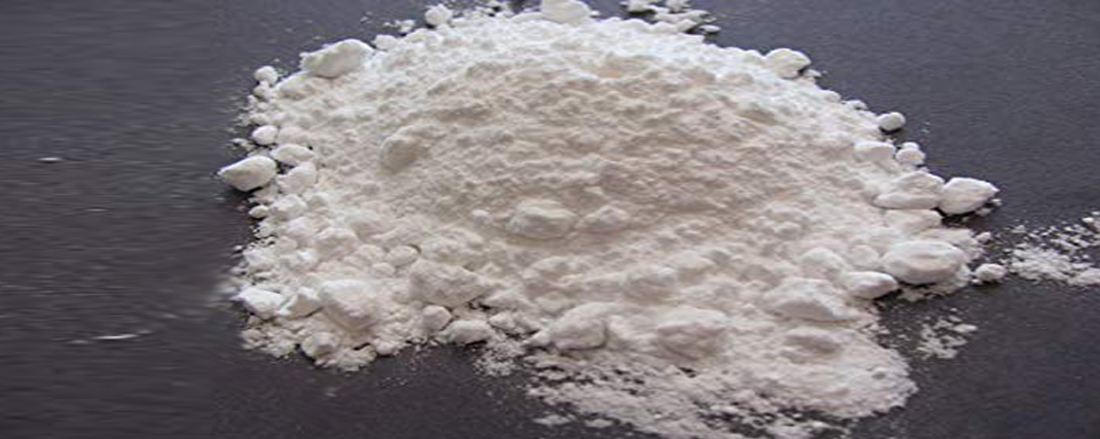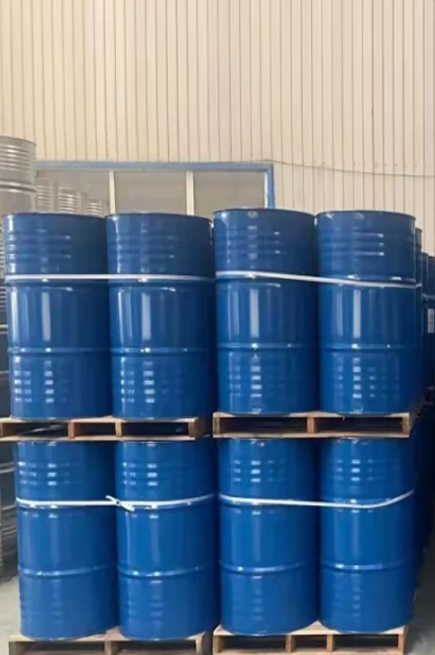RXSOL 664 is a diphase, liquid product based on volatile aliphatic solvent and also containing tar-acids, corrosion inhibitors and alkaline soaps. It is used for the removal of hard carbon and paint from engineering components and equipment. RXSOL 664 is a good general purpose, immersion paint remover and will usually remove the following types of organic finishes – cellulose paints, air drying alkyds and acrylics, one pack polyurethanes and some epoxies depending on type and nature of the substrate.
It should be noted that this information on paint types is given as a guide only: the removability of any particular paint in RXSOL 664 – or any other paint remover should always be assessed by practical trial before any production scale use.
Equipment Materials
RXSOL 664 should be contained in a mild steel tank constructed of 0.25 inch plate and free of rust and scale. The joints of the tank should be double welded. The bottom of the tank should be covered with a sludge tray – in the form of a removable wire tray or perforated screen to retain flakes of carbon and paint skins. Subsidiary tanks for the emulsifiable solvent preclean and dewatering fluid may also be constructed of mild steel.
Effects on materials :
RXSOL 664 is suitable for use on steel, zinc, aluminium and magnesium.
RXSOL 664 will degrade the majority of plastics and rubbers.
Safety Guidance
Before operating the process described it is important that this complete document, together with any relevant Safety Data sheets, be read and understood.
General Information
Rx Marine International supplies a wide range of chemical products and associated equipment for cleaning, sanitising, descaling, paint and carbon removal, metal protection and non-destructive testing. Sales Executives are available to advise on specific problems and applications.
Labour and Environmental Protection
All local and national regulations on the transport, storage, use and waste treatment of chemicals in concentrated or diluted form and as working solutions must be obeyed. Further specific information on the products can be found in the EC Safety Data Sheets supplied. The user should also pay strict attention to information and hazard symbols shown on product labels.
Waste Disposal
All waste waters must be treated in accordance with national legislation and local regulations prior to discharge to the sewer.





